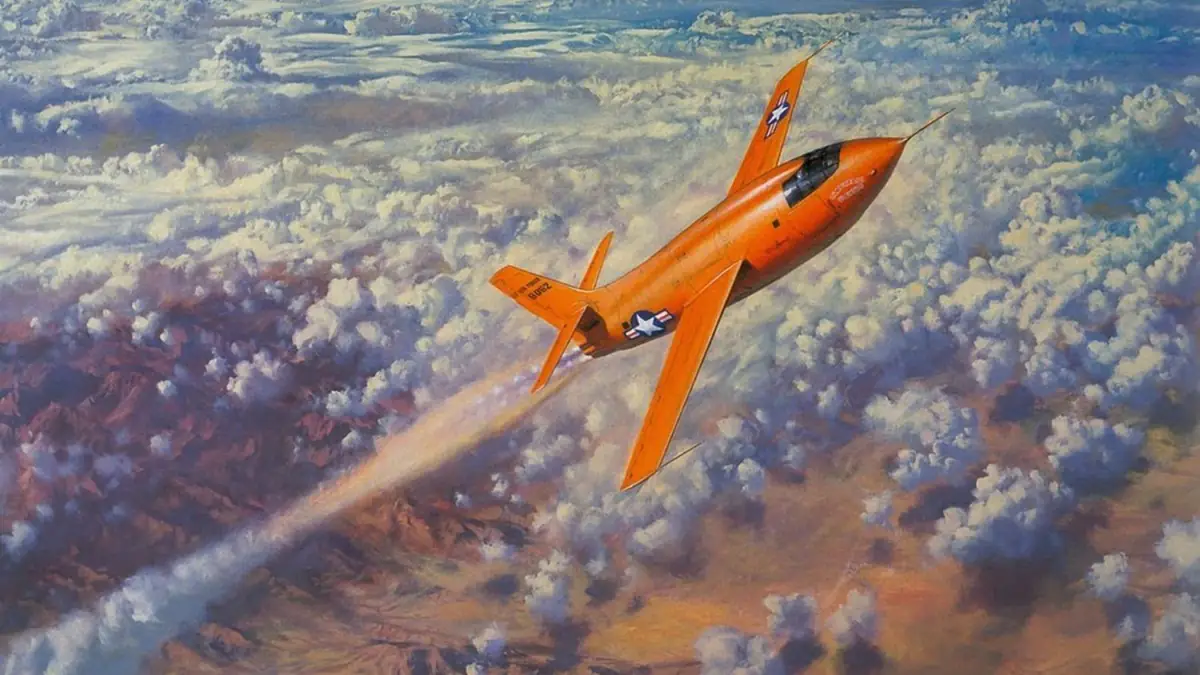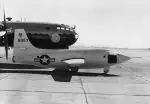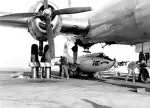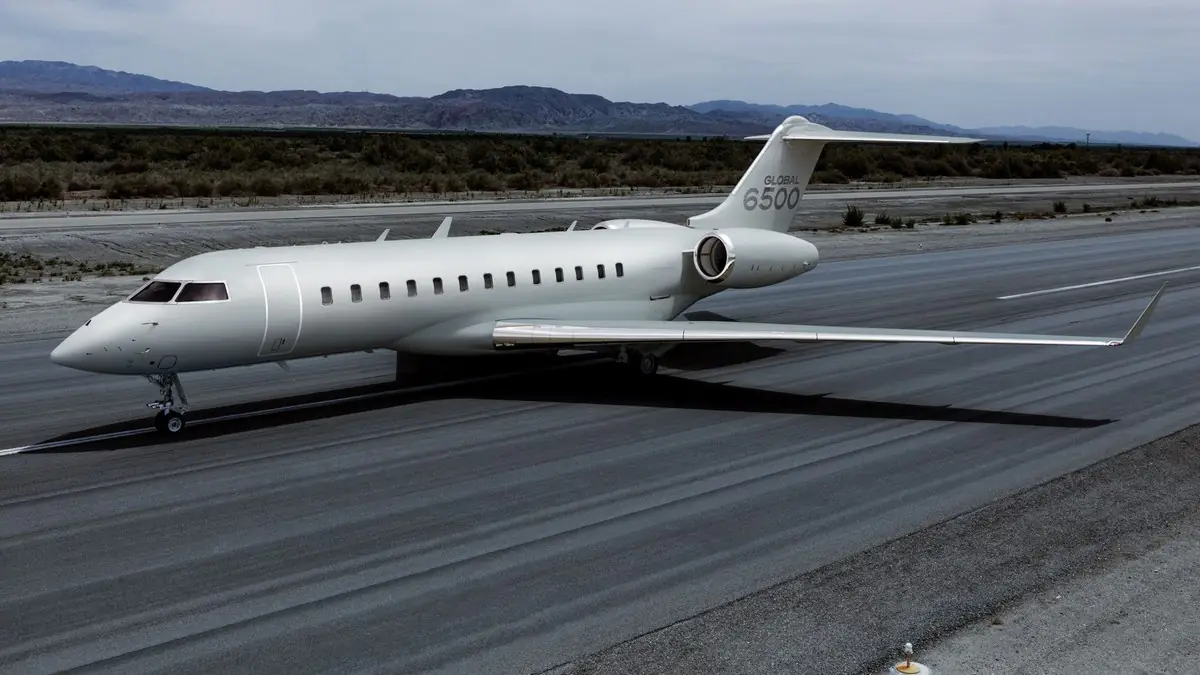The Bell X-1 was designed to explore the challenges of supersonic flight. The first flight of the X-1 with its engine running took place on December 9, 1946. The aircraft was launched from a specially equipped Boeing B-29 Superfortress bomber.

The aircraft is powered by a single Reaction Motors XLR-11-RM-5 liquid-fueled rocket engine with four chambers, each producing a thrust of 680 kg. The engine’s chambers can operate simultaneously or independently. The X-1 was the first manned aircraft to exceed the speed of sound. On October 15, 1947, it achieved a speed of Mach 1.46 (1550 km/h) at an altitude of 21,800 meters.

Read also: Lesser-Known Pages in Aviation History: The McDonnell XF-85 Goblin Fighter
Due to delays in developing the turbopump fuel delivery system, the X-1 used a gas bottle fuel delivery system powered by compressed nitrogen. The engine’s maximum thrust duration, which lasted 2.5 minutes, was insufficient to reach the design speed of 2720 km/h at an altitude of 24,400 meters. The X-1 had a fuel capacity of 2300 kg and a takeoff weight of 6100 kg. Its dimensions were: length 9.45 meters, height 3.26 meters, and wingspan 8.55 meters.
A total of three X-1 aircraft were built. The second model, the X-1A, differed from the X-1 by featuring a cabin canopy that protruded beyond the fuselage contours instead of the original upper canopy glazing. The fuselage of the X-1A was lengthened by 1.4 meters to accommodate additional fuel tanks, increasing the fuel capacity by 2680 kg. It also replaced the gas bottle fuel delivery system with a turbopump system, extending engine thrust duration to 4.2 minutes. The aircraft’s takeoff weight was increased to 8200 kg, and its empty weight to 3180 kg. The landing speed with deployed flaps and landing gear was 240 km/h.
On December 16, 1953, the X-1A achieved a flight speed of Mach 2.5 (2640 km/h) at an altitude of 21,300 meters and set a new altitude record of 27,400 meters. The next model, the X-1B, was designed to study aerodynamic heating issues.
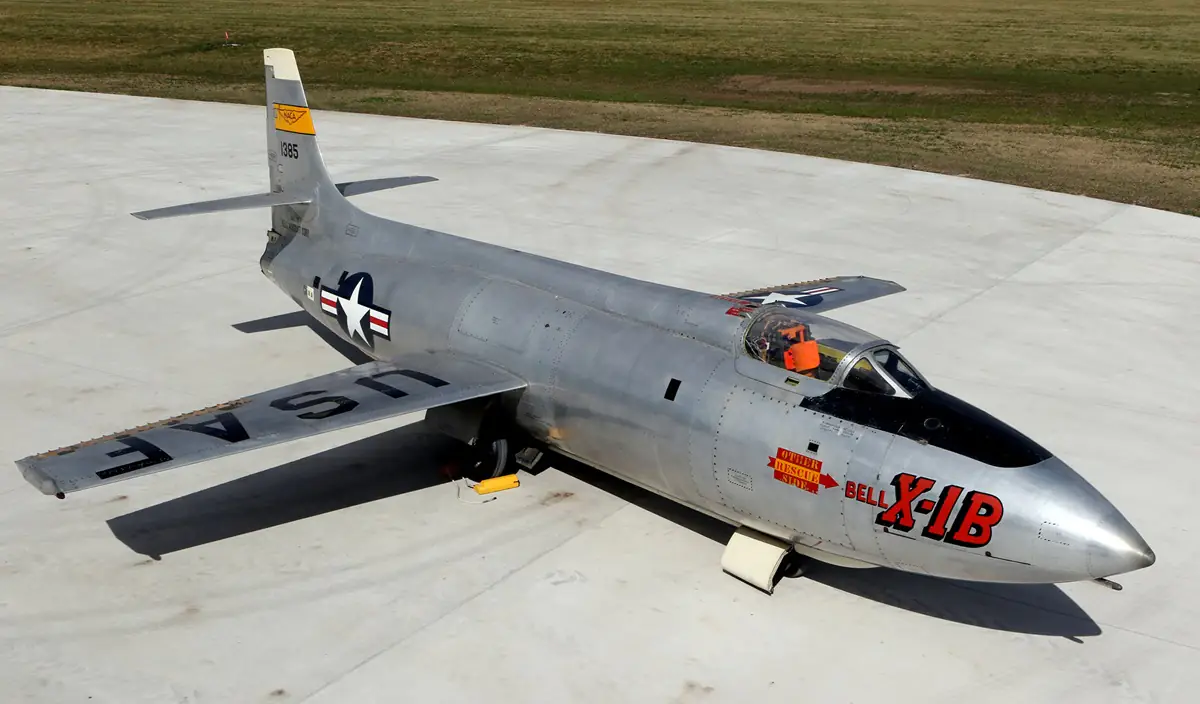
An X-1C aircraft was also ordered, but it was never built. The X-1D was destroyed on August 23, 1951, before its tests could begin. Although the Bell X-1 project was closed, it achieved its primary objectives, and the data collected were used for further development of supersonic jet aircraft.
Read also:


